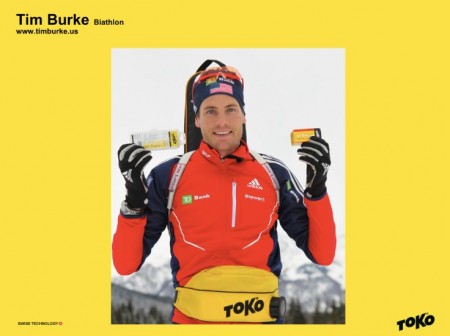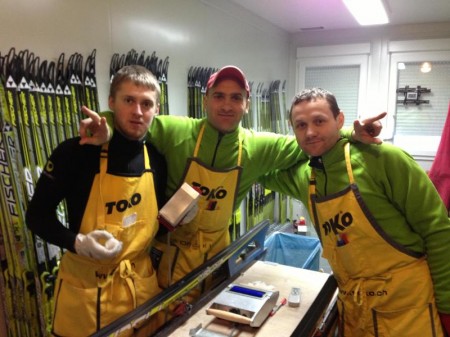Proper ski selection is one of the variables that can make or break your race come competition time. By planning ahead and dialing in a testing procedure, you can greatly increase your chances of picking the right ski and ultimately having your best result.
Like most things in skiing, there is no one right way to test. On the world cup I consistently see the top teams successfully testing skis in different ways. Here is a summary of how race day testing looks for me. This is by no means the only way to test but this method has allowed me to consistently pick my best skis.
When I show up to the venue on race day, I meet my technician who has already whittled my skis down to a maximum of four pairs. If I’m lucky, he will already have it down to two pairs. If we have four pairs to choose from, we will take one ski from each pair and head out on the loop. After a few minutes on each ski, we will continue to rotate the skis until we agree on the two best. From here we take out the best two pairs for another loop. Again, we continue to rotate until we both find the winner. We always pick a loop that has varying terrain so that we can feel how the skis react at different speeds and we always try the skis, at least for small portion, at race pace.
Here are what I think are some of the most important aspects to consider when testing:
- If you have the opportunity always try and test with someone else. This is helpful for many reasons but most importantly it’s always nice to have someone who can confirm your feelings or let you know when you should take a second look at another pair. I think all racers always become attached to one or two pairs throughout the season. Having an unbiased opinion can definitely help with this problem.
- I know a lot of skiers would argue this with me but I strongly suggest testing by feel instead of using glide outs and speed traps. Glide outs only test the parameters of a ski on a downhill. This is cross country skiing! We want to find the ski that will have the right flex, feel free on uphills and carry speed downhill. If you really must use a glide out, use it only as one part of your protocol; don’t base your entire decision from a glide out or speed trap.
- Try to keep the same amount of Kilometers on each ski when testing. In clean snow this is not always so important but it becomes crucial when the snow is dirty. I remember testing in Russia once and I kept finding that the pair that I had just switched to always felt fastest. The snow did not even look dirty but it significantly slowed the skis down even after only one kilometer. By keeping the same amount of kilometers on your skis during testing you will be sure to pick the fastest one, not the ski that is cleanest.
- If you come down to two pairs that you can’t decide between, go with your first instinct. If the skis are really that close, then it probably does not matter that much anyway.
- Once you have picked your skis, shift your focus to what you can control– your race. It’s so common for skiers to worry about their skis during warm and the actual race. This is truly a waste of mental energy and it won’t help you get to the finish any faster!
Good luck!
Tim Burke, US Biathlon Team
Darya Domracheva’s Waxing Crew
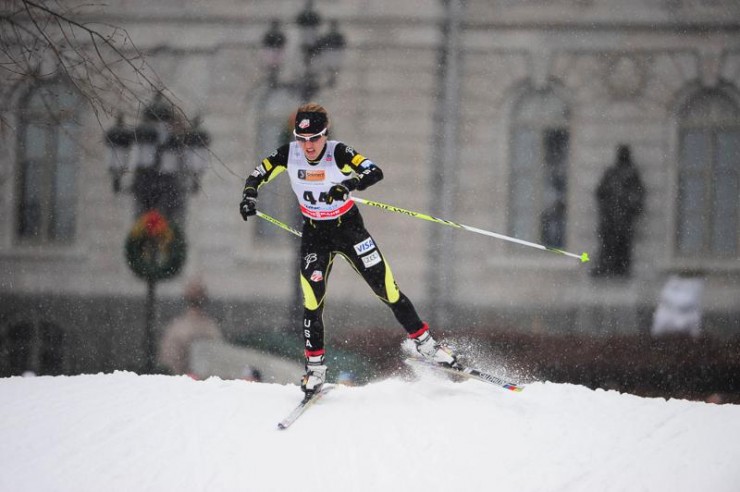

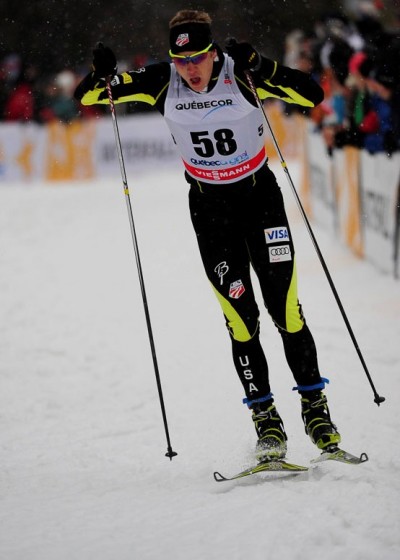
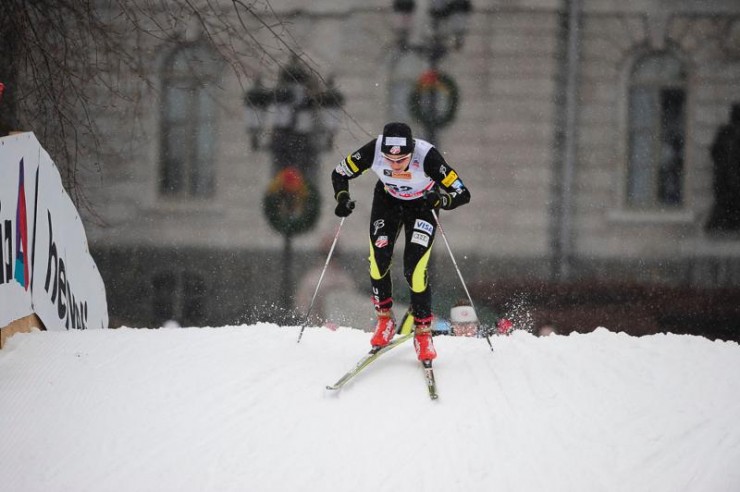

Toko US Facebook Promo
Wax Clinic Schedule Growing Quickly

